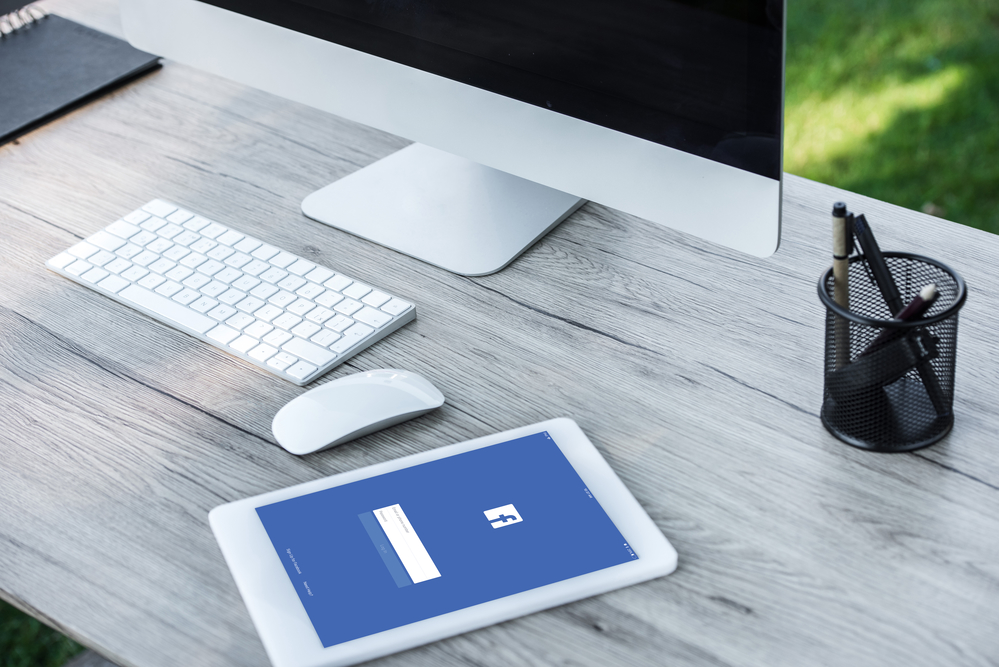Social media has helped redefine lead generating and customer interaction for businesses of all sizes. While not the first to do so, Facebook makes it easier than ever before to build a following while connecting with potential customers.
While building a free profile and remaining active on the social media platform remains critical to boosting exposure for current followers, companies looking to maximize Facebook’s potential needs to utilize the ad feature.
Now, there are a number of ways to build, customize and produce Facebook advertisements, some will perform better than others. Here are three of the top Facebook advertisements designed to help any business build leads and convert these leads into sales.
Focus on Visuals (But Not Completely)
Using pictures in any kind of advertisement is critical. Pictures do more than say “a thousand words.” A visual grabs the attention of a Facebook user, which is more important now than anything else. Text-only posts have become less and less frequently on Facebook by users. Inc. (2018) found advertisements using images receive 650 percent more user engagement than only texts. So text-only ads on Facebook need to be scrapped completely.
Most posts now include a picture or a video. It’s even possible to now use a colorful backdrop and have text placed over the color background to help increase the visibility of text posts. In fact, according to Inc. (2018), 87 percent of all brand advertisements now include images, while the use of Facebook videos has increased 3.6 times in the last year alone. This means advertisements on Facebook have increased competition for visibility now than ever before.
One of the best Facebook Ads training that business owners need to know about is using really good images.
For starters, this means using a visual is a must. A business looking to build leads and generate sales should never post an ad without such an image. However, it can’t just be an image alone, nor should the company use just any image in hopes of attracting potential customers. There are specifics the company needs to follow.
Some text is important. The visual aid is used to grab a person’s attention. The text used in addition to the picture needs to provide insights into what the advertisement offers. It can be a blurb about the company, the award-winning services or what the product or business in question can do for potential customers. Regardless of the company, the text used with the image needs to be right to the point and include a call to action.
The visual aid and the included text together will do wonders. But what should the picture include in order to attract attention from the other content popping up on a user’s timeline?
The dominant color of a visual plays a major role in not only connecting with a key demographic but for boosting engagement and generating new leads. For example, according to Scott Design, blue is the most preferred color by both genders. 29 percent of men and 26 percent of women indicate it is their preferred color. However, 17 percent of women say purple is their preferred color while only nine percent of men say the same, yet 10 percent of men say purple is their least desired color, so heavily relying on purple on an advertisement has a greater potential of alienating men as opposed to attracting them to a product.
The least favorite colors for both men and women are similar. 29 percent of men and 24 percent of women say brown is the least appealing color, while 20 percent of men and 18 percent of women say yellow. For a company looking to market itself to a specific gender, it is important to keep in mind the color of an advertisement. Using the wrong color may push possible customers away from the business and prevent them from interacting with the Facebook ad.
(Source)
Lastly, when using an image within a Facebook advertisement it is important to properly format it. According to Hubspot (2018), the optimal size for a Facebook News Food photo is 1200 pixels by 628 pixels. Anything larger will result in a cropped advertisement, which may remove important information from the advertisement and reduce its potential impact.
Focus On Specific Products
Incorporating a number of different Facebook advertisements is important. Some businesses will find specific ad types work better for them than others. However, the best way to connect with potential customers, build leads and generate sales is not to market a wide overview of the business, but to focus on individual products. There is a reason why digital storefronts such as Amazon and eBay don’t market the websites but instead market individual products.
According to Hootsuite, 48 percent of all social media users in the United States said Facebook was the last location they saw an ad for a product before buying it. This illustrates important details. First, it’s important to spread marketing around to other channels (and not just Facebook). This increases product exposure. Second, a business needs to advertise specific products on the platform. By doing this, a camping company doesn’t just instruct a potential customer to visit its site for camping gear, it routinely shows of a specific tent or bike or backpack. By doing this, the possible customer isn’t thinking about the company but instead, they are thinking about the product.
One of the biggest problems companies now face is relying solely on organic posts to reach customers. As Hootsuite points out, engagement for organic posts on Facebook dropped 20 percent in 2017. In fact, only eight percent of the company’s followers even see the post. This number jumps up to 26.8 percent when the company pays to advertise it.
According to Cleaver Craver, for a business looking to derive the greatest impact from the largest viewing pool on Facebook, it is critical to utilize paid posts. The average business post reaches 611 people. Boosting the post increases visibility to over 28,000 individuals, yet paying to promote the post increases potential exposure to over 1.9 million.
(Source)
According to Facebook Business, the best way to design an advertisement is to determine ahead of time if the goal is to increase sales, boost exposure or grow an email list. If the company wants to increase sales it needs to focus on specific products. However, if the company is interested in boosting leads or increasing social media engagement, it’s best to showcase the company itself in the post and stay away from individualization.
If the goal is to build leads and then convert these leads into sales the business needs to decide if it wants to convert interested followers into sales right away, or if the business wants to nurture the lead by collecting contact information and staying connected with the customers.
Create a Landing Page Within Facebook
One of the best ways to generate leads from a Facebook advertisement is through a landing page within the social media platform. Instead of creating a Web-specific landing page, which takes individuals away from Facebook, a landing page within Facebook, also known as a lead ad, allows a business to produce a pop-up like a feature that appears, should an individual interact with a Facebook ad.
The lead ad allows a business to collect information, such as a name and email address, through a Facebook pop-up. Within the pop-up, the business can provide a return service, such as an eBook download or a discount code for future purchases.
The utilization of a Facebook lead ad pop-up, as opposed to a traditional landing page, reduces the number of steps an interested customer needs to take in order to obtain the desired discount code or complimentary services. It also reduces the number of steps it takes for a business to capture a lead. For businesses looking to specifically build an email list and boost its lead generating, taking advantage of the lead ad pop-up is beneficial.
According to AdEspresso (By Hootsuite), when the advertising firm utilized lead ads, it experienced a conversion rate of 67 percent (of those who clicked on the advertisement). The conversion rate of those who were taken away from Facebook and sent to a traditional landing page sat at 50 percent. This offers an increased conversion rate of 17 percent.
This does not mean a business should completely abandon the creation of landing pages in online marketing. Landing pages do provide a number of helpful benefits, including the ability to collect more client information (the lead in pop-up only allows the collection of a name and email address currently on Facebook). However, in terms of Facebook ad designs, the lead in the pop-up is a tool every business looking to build leads and eventually generate sales needs to take advantage of.
When creating a lead ad, it is important to focus on a single question and call to action in the advertisement. As the AdEspresso research indicates, a lead ad with a single question has an average conversion rate of 43.58 and costs an average of $0.91 per lead captured. These numbers drop slightly when two questions are asked to 37.41 and $1.18 per lead, but with every subsequent question, the conversion rate drops substantially while the cost per lead jumps. Eight questions within a lead ad, for example, experiences a conversion rate of just 9.92 while costs $9.19 per lead.
(Source)
In Conclusion
Facebook Ads make it possible to directly advertise to a specific demographic. Before going in and creating ads, a business needs to have as much information on its target audience as possible. This helps ensure the created marketing material is directed to the appropriate platform users. With this information at hand, a business can then begin producing Facebook ads that utilize visual aids, focus on specific products, and take advantage of the lead ad feature. With all of this put together, over the course of a marketing campaign a company will experience a boost in its ability to capture leads and generate sales.






